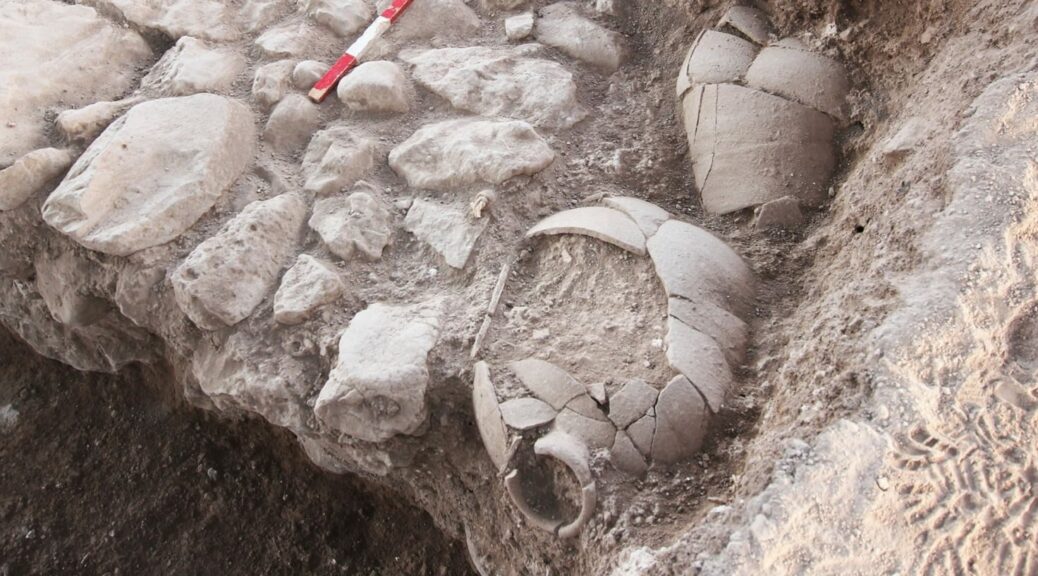3,000-Year-Old Hebrew Inscription Discovered
Archeologists at Tel Abel Beth Macaah, a joint dig between Azusa Pacific University and the Hebrew University of Jerusalem, have recently exposed a nearly 3,000-year-old jar with the Hebrew inscription.
The ink inscription reads “lbnayo,” meaning “belonging to Benaiyo.” This implies that an Israelite man named Benaiyo lived in Abel Beth Macaah around the 9th century B.C.
This is significant because it is the northern Israelite equivalent of a name found in the Bible (see 2 Samuel 23:20; 1 Chronicles 27:5; 1 Kings 1:8) and indicates that the site may have indeed been an Israelite city at this time (see 2 Samuel 20:29). The name means “Yahweh has built”.

“Such a discovery advances our understanding of the site and the local region considerably,” said Robert Mullins, Ph.D., co-lead archaeologist of the dig site and chair and professor in Azusa Pacific’s Department of Biblical and Religious Studies.
The jar was found in the lower part of the city, where the team has already found remains from the 9th century, the time of King Ahab.
The new section of the site, Area K, had very little occupation from later periods, which allowed the archaeologists to quickly go below the topsoil and unearth a room containing several broken jars.
The team did not notice the inscription on the jar at first, but when the item was sent for restoration, faint traces of ink on one of the pieces were detected.
The Hebrew script was deciphered through multispectral images taken at the same lab in the Israel Museum that studies the Dead Sea Scrolls. “Any time you find writing on artifacts, that’s important because it can tell us so much about the history of the area,” Mullins said.
One of the other jars had a grape pip and residue in it, indicating the vessel was used to store wine, and the room may have been used for wine storage. Mullins said the team expects to find much more in the area when they resume excavation this summer.
Mullins and the team of archaeologists have excavated ancient artifacts and buildings at the site every summer since 2012. Past finds include silver earrings and ingots, a stone seal, and a small faience head of an ancient king.
Each year, Mullins is accompanied by co-directors Naama Yahalom-Mack, Ph.D. and Nava Panitz-Cohen, Ph.D., from the Institute of Archaeology at Hebrew University, and their team of archaeologists and scholars, including students from APU and partner schools Cornell University, Trinity Evangelical Divinity School, Asbury Theological Seminary, and Indiana Wesleyan University.
